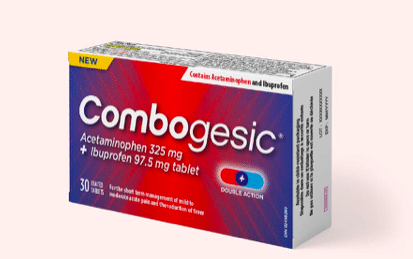

It was around 1999, and I was a pharmaceutical sales rep with Fournier Pharma, when I bumped into my first Paladin Labs sales rep at a physician’s office.
I had never heard of Paladin Labs and was shocked to see the number of products the rep was carrying in their sample bag. It was industry standard at the time to have a pharma rep selling (or as it is called in the industry “detailing”) two, maybe three drugs. The Paladin Lab rep appeared to be detailing close to a dozen products, and none of them were recognizable brand names. I remember thinking how broken the Paladin business model seemed, over time I would be proven very wrong.
Paladin became the poster child for Canadian specialty pharma. They built a remarkably successful business by acquiring the Canadian rights to a wide variety of drugs. These drugs were either too small for medium/big pharma, or were developed by a company without a Canadian commercial footprint, whatever the reason, Paladin was able to amass an eclectic and diverse portfolio of prescription and OTC drugs for the Canadian market. Through their “sum of the parts” strategy, Paladin grew to over $200 million in annual sales and in 2013 was acquired by Endo Pharmaceuticals for approximately $2.7 billion.
So in the post-Paladin Labs era, where can investors turn to get exposure to the specialty pharma sector in Canada?
There are a number of Canadian publicly-traded specialty pharma companies out there – Merus Labs (TSX:MSL), Concordia Healthcare (TSX:CXR), Tribute Pharma (OTC:TBUFF) jump to mind – but in my opinion the one most closely following the Paladin model would be Ontario-based BioSyent (TSXV:RX).
BioSyent licenses the Canadian rights for pharmaceutical products that are either already cleared by Health Canada or are approved in other countries but still require Health Canada approval. In other words the company doesn’t take developmental or R&D risk, it focuses on marketing and sometimes regulatory approvals. Like Paladin, BioSyent targets pharmaceutical products for the Canadian market that are too small for medium/big pharma but still have a competitive advantage that can be exploited by their internal sales organization.
BioSyent’s 10 person sales team markets a growing portfolio of prescription and behind-the-counter non-prescription products in Canada. The company’s leading brand is FeraMAX. It currently markets two formulations for the treatment of iron deficient anemia. The company also markets an acute care product, Cathejell, which is used as a topical analgesic in hospitals. These products made up the lions share of the BioSyent’s $7.8 million revenue in 2013.
BioSyent recently announced licenses for two new products, one a gastrointestinal medicine and the other in women’s health, from a European partner. It also has 2 acute care products currently under review by Health Canada they hope to have approved this year. Of these four new products, it is expected that three will be launched this year and one of the acute care products in early 2015. So by this time next year the company will have doubled its portfolio of products available in the Canadian market.
BioSyent’s revenues, although small, are growing quickly. In fact, over the past three years the company’s top-line has grown at a compound annual growth rate (CAGR) of 67%. It is also profitable; in 2013 BioSyent generated pre-tax earnings of $2.4 million and post-tax of $1.9 million, representing a 75% increase and 25% increase, respectively, versus the previous year. The company ended the year with a cash balance of over $4 million and no debt.
Obviously BioSyent has a long way to go before being anointed the heir apparent to Paladin. Nonetheless, the company today looks very familiar, both strategically and financially, to the Paladin Labs that I first encountered in 1999.
Strategically, BioSyent today, like Paladin in 1999, is in the early stages of amassing a portfolio of pharmaceutical products for the Canadian market while avoiding R&D risk. Focusing on products that are too small for medium/big pharma, and have a competitive angle that can be exploited by a modest but targeted internal sales organization.
In 1999 Paladin would report $11 million in revenue, $2.8 million in pre-tax earnings, and post-tax earnings of $2 million. Similar results, especially on the bottom-line, when compared to those BioSyent just released for their most recent fiscal year.
Back in 1999 I thought Paladin Labs had a broken business model. Fool me once…
Disclaimer: Cantech Letter has published this article for information purposes only. The information contained herein does not constitute investment advice or advocate the purchase or sale of any of the securities mentioned.
Leave a Reply
You must be logged in to post a comment.





 Share
Share Tweet
Tweet Share
Share




Comment